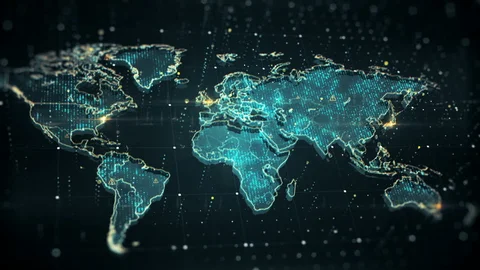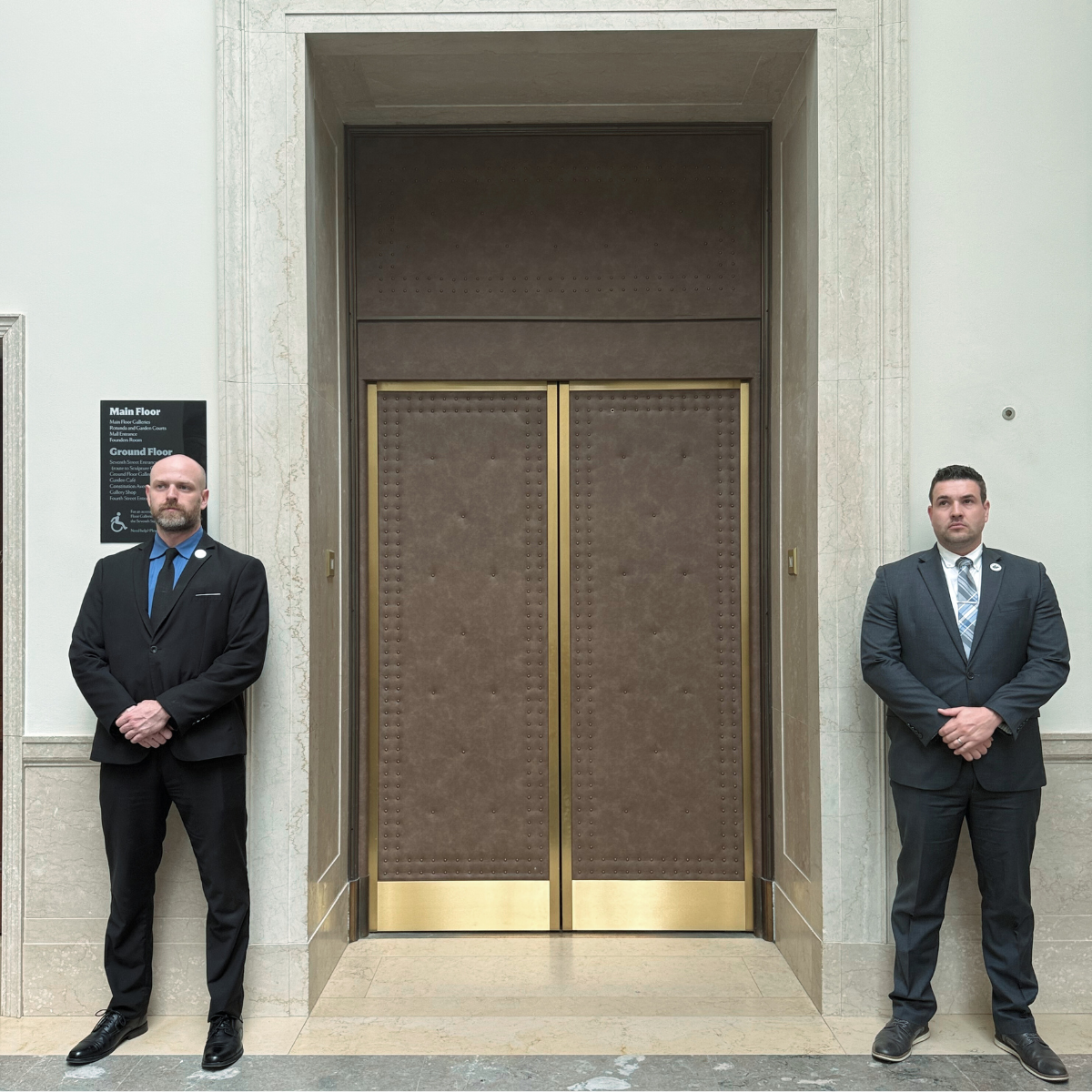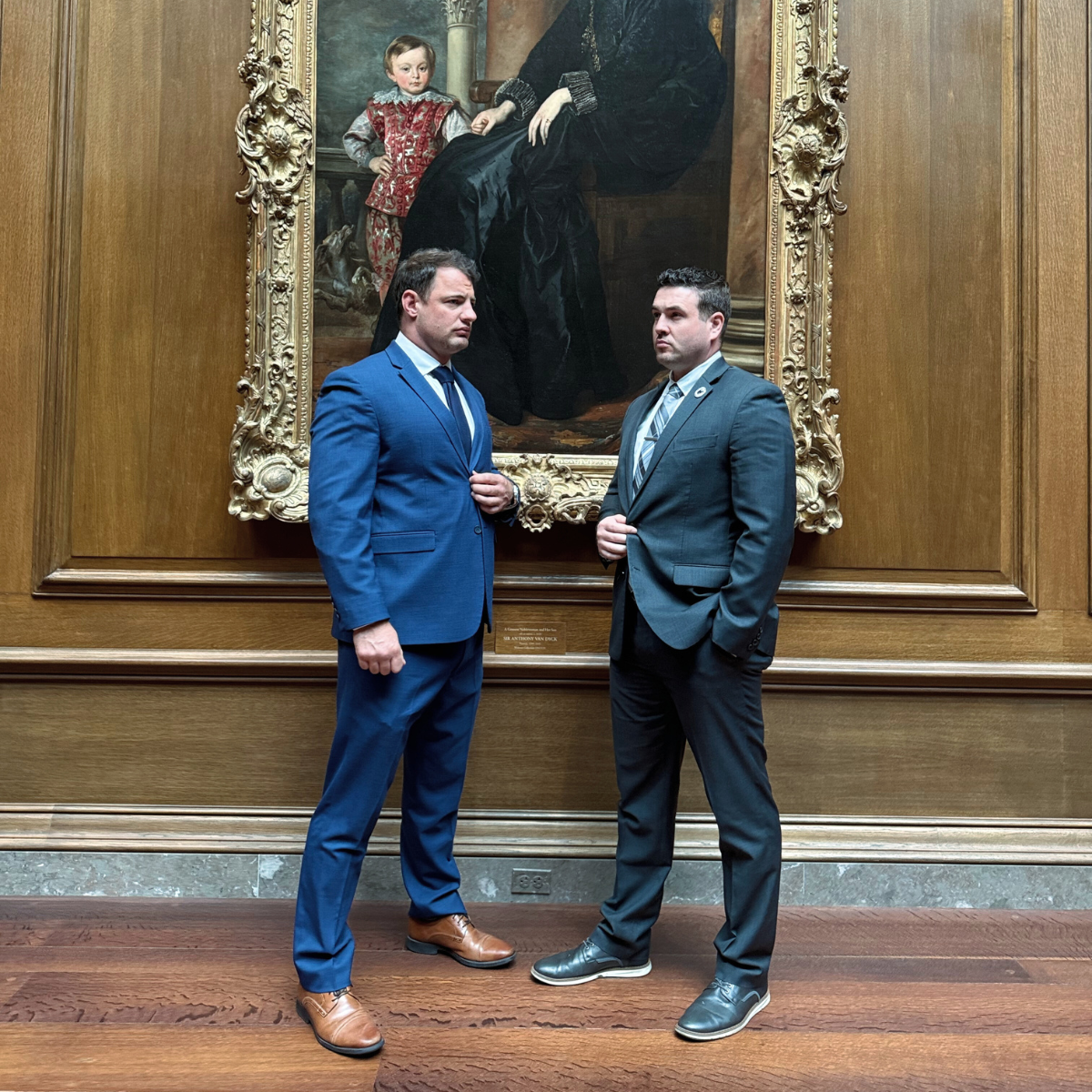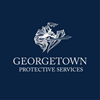Protective Intelligence Services
Security Officers
Clients
Industries

Executive Protection Services
At Georgetown Protective Services, our mission is simple: to deliver comprehensive, reliable, and forward-thinking security solutions that empower our clients to focus on what truly matters. We achieve this by integrating rigorous training, state-of-the-art technology, and a proactive approach into every service we offer.
Uniformed Security
At Georgetown Protective Services, our mission is simple: to deliver comprehensive, reliable, and forward-thinking security solutions that empower our clients to focus on what truly matters. We achieve this by integrating rigorous training, state-of-the-art technology, and a proactive approach into every service we offer.
Our goal is to create secure environments where businesses, communities, and high-profile individuals can thrive with confidence.


Risk Mitigation
At Georgetown Protective Services, our mission is simple: to deliver comprehensive, reliable, and forward-thinking security solutions that empower our clients to focus on what truly matters. We achieve this by integrating rigorous training, state-of-the-art technology, and a proactive approach into every service we offer.
Our goal is to create secure environments where businesses, communities, and high-profile individuals can thrive with confidence.

Protective Intelligence Services
1. Introduction to Protective Intelligence Services
Protective intelligence services represent the sophisticated, proactive approach to security that has revolutionized how organizations and individuals manage threats. At its core, protective intelligence involves the systematic collection, analysis, and dissemination of information to identify, assess, and mitigate potential threats before they materialize into security incidents.
What began as specialized practices within government intelligence communities has evolved into an essential security discipline for both public and private sectors. The field traces its roots to the 1950s and 60s, when the U.S. Secret Service began formalizing threat assessment methodologies following presidential assassination attempts. Today, protective intelligence has transformed into a multi-faceted discipline incorporating behavioral science, technology, and strategic security planning.
The application of protective intelligence spans across diverse sectors. Government agencies employ these services to safeguard public officials and critical infrastructure. Corporations protect executives, intellectual property, and operational continuity. High-net-worth individuals secure their families and assets. Even non-profits and educational institutions increasingly rely on protective intelligence to ensure safe environments.
2. Why Protective Intelligence Is Critical
The difference between reactive and proactive security approaches cannot be overstated. Traditional security often relies on responding to incidents after they occur—essentially closing the barn door after the horse has bolted. Protective intelligence, by contrast, works to identify threats before they materialize, allowing for preventive measures that can neutralize risks entirely.
Today's threat landscape is increasingly complex. Organizations face physical security threats including workplace violence, executive targeting, and insider threats. Digital risks encompass cyber attacks, data breaches, and online harassment. Reputational threats can emerge from social media campaigns, activist targeting, or public relations crises. The interconnected nature of these threats demands comprehensive monitoring and analysis.
The statistics tell a compelling story: according to recent industry reports, organizations implementing protective intelligence programs experience up to 60% fewer security incidents than those relying solely on physical security measures. One Fortune 500 company reported saving an estimated $4.2 million annually by preventing just three potential executive targeting scenarios through early intelligence indicators.
3. Core Components and Functions
- Threat Identification: Begins with robust monitoring of traditional & social media, dark web, public records, and human intelligence sources. Advanced providers like Georgetown Protective Services leverage specialized databases and networks to capture early warning indicators.
- Threat Assessment: Structured frameworks determine severity, credibility, and immediacy. Methodologies such as the Pathway to Violence model or WAVR-21 provide standardized evaluations.
- Countersurveillance & Investigative Analysis: Identifies surveillance, conducts background checks, and maps relationships. This adds necessary context to threat indicators.
- Documentation & Case Management: Utilizes secure digital case management systems, standardized templates, and clear escalation protocols for pattern recognition and compliance.
4. Methodologies and Approaches
Behavioral analysis is foundational—professionals evaluate language, indicators, and psychological factors to discern real risk from benign statements.
Open-source intelligence (OSINT) transforms capabilities by enabling analysts to systematically collect and analyze publicly available data from social media, news, and forums.
Red team exercises simulate adversarial perspectives to uncover vulnerabilities, while scenario modeling tests real-world response.
Technology integration plays a critical role: advanced software brings together threat monitoring, geospatial analysis, case management, and secure communications. Artificial intelligence identifies otherwise invisible patterns and anomalies.
5. Services Offered by Protective Intelligence Providers
- Comprehensive Threat Monitoring: Continuous surveillance in digital & physical spaces, automated alerts, and rapid responses.
- Executive Protection: Merges intelligence gathering with physical security, such as pre-travel risk assessments, secure transportation, and up-to-the-minute updates. Georgetown Protective Services specializes in this integrated approach.
- Security Consultation: Includes vulnerability assessments, program development, and tailored recommendations, plus staff training.
- Crisis Management: Planning and response, incident management, and real-time support during emergencies.
6. Who Needs Protective Intelligence: Typical Clients and Scenarios
- Corporate Leaders: CEOs and board members face targeted risks during controversial business activity. Protective intelligence enables early detection and countermeasures.
- Public Figures: Politicians, celebrities, and influencers require extra vigilance due to unwanted attention, fixated individuals, and digital targeting.
- International Organizations: Companies with exposure in unstable regions rely on constant intelligence to navigate localized threats and political instability.
- Sensitive Industries: Defense, healthcare, and financial sectors benefit from proactive threat monitoring and incident prevention.
7. Criteria for Evaluating Service Providers
- Credentials & Experience: Top providers have law enforcement, intelligence, or security backgrounds, and certifications such as CPP or PSP. Georgetown Protective Services adds the authority of being a Disabled Veteran owned firm.
- Methodological Transparency: Look for clear articulation of identification, assessment, and response processes—key to trusting a provider’s E-E-A-T.
- Case Studies & References: Quality organizations offer anonymized examples and performance metrics that validate their impact.
- Specialization: Ensure your chosen provider has industry-specific expertise. Their familiarity with your regulatory and cultural environment is crucial for effectiveness.
8. Implementing a Protective Intelligence Program
- Risk Assessment: Identify vulnerabilities and security gaps as a baseline. Georgetown Protective Services offers initial consultations to frame these parameters.
- Team Composition: Assemble managerial, analytical, and security staff, supported by IT and legal resources, or leverage external specialists for scalability.
- Workflow Development: Define processes for intelligence collection, reporting, escalation, and information sharing.
- Measurement: Establish KPIs: number of threats detected pre-incident, reaction times, and incident reduction. Conduct regular program reviews to refine approaches.
9. Best Practices and Emerging Trends
- Public-Private Partnerships: Collaboration through groups like DSAC and InfraGard broadens threat horizons and fosters shared solutions.
- AI and Automation: Machine learning and natural language processing scan and analyze vast datasets, flagging patterns beyond human capability.
- Ethics & Privacy: Programs set clear boundaries, comply with GDPR and CCPA, and articulate transparent surveillance policies.
- Future Challenges: Encrypted messaging and deepfake technologies increase verification demands; advanced analytics and digital-physical integration offer next-generation protection.
10. Frequently Asked Questions (FAQ)
Isn't protective intelligence just corporate spying?
No. Ethical protective intelligence operates within clear legal and ethical boundaries, focusing on publicly available information and legitimate security concerns rather than competitive intelligence or privacy invasion. Professional providers like Georgetown Protective Services maintain strict guidelines regarding information collection and use.
What does protective intelligence typically cost?
Services scale based on organizational needs, from basic monitoring packages starting around $5,000 monthly to comprehensive programs exceeding $25,000 per month for large enterprises with complex requirements. Many providers offer tiered services allowing organizations to start with essential coverage and expand as needed.
How do we measure return on investment?
While difficult to quantify prevented incidents, ROI calculations typically consider: reduced security incidents, decreased insurance premiums, avoided litigation costs, prevention of business disruption, and protection of reputation. Many organizations find that preventing a single significant incident justifies their entire annual investment.
What should we expect when engaging a provider?
The process typically begins with a thorough consultation and risk assessment, followed by program design and implementation. Expect regular reporting, periodic reviews, and ongoing adjustments as threats evolve. Quality providers emphasize partnership—becoming trusted advisors in your security ecosystem.
11. Conclusion and Next Steps
Protective intelligence represents a fundamental shift from reactive to proactive security—moving from responding to incidents toward preventing them entirely. For organizations and individuals facing today's complex threat landscape, this approach provides not just enhanced safety but also peace of mind and operational continuity.
To explore implementing protective intelligence services for your organization, consider these next steps:
- Conduct an honest assessment of your current security posture and vulnerabilities
- Research providers with experience in your specific industry and threat profile
- Request initial consultations with 2-3 qualified providers
- Evaluate their approaches, methodologies, and cultural fit with your organization
- Start with defined scope and clear objectives, allowing for program evolution
Georgetown Protective Services offers comprehensive protective intelligence solutions tailored to organizations throughout Washington DC, Maryland, Virginia, and West Virginia. As a Disabled Veteran-owned security company specializing in Executive Protection and Security Guard Services, we bring unique expertise in Comprehensive Risk Management and protective intelligence.
For organizations serious about proactive security, protective intelligence has moved from luxury to necessity. The question isn't whether you can afford these services, but whether you can afford to operate without them in today's risky environment.
Why Choose Us
Whether it’s a corporate event, VIP transport, or 24/7 site security, our trained professionals provide high-level protection with a personal touch. We prioritize your safety while maintaining a low profile, so you can focus on what matters most.
From Executive Protection to Uniformed Security and Risk Mitigation, we offer more than just guards—we deliver strategic protection plans designed to reduce threats before they happen, keeps people, property, and reputations safe.
As a Disabled Veteran-owned business, we bring the discipline, integrity, and leadership gained through military service to every security detail. Proudly serving Washington DC, Maryland, Virginia, and Georgetown
A Team of Trained Professionals,
Ready to Protect
Our management team is the bedrock of Georgetown Protective Services. They each bring years of experience in security and management. They stand ready to facilitate your security and risk management needs.
Get Started Now





Uncompromising Security for
Every Need
Georgetown Protective Services is one of the largest full-service security companies in the country
Frequently asked questions
Everything you need to know about us.
We specialize in Executive Protection, Uniformed Security, and Risk Mitigation. Whether you need personal protection, event security, or a long-term safety plan, we customize our services to meet your needs.
We’re a Disabled Veteran-owned company with a mission-driven approach. We combine military-grade expertise, local insight, and a commitment to proactive risk management—so you're not just getting a guard, you're getting peace of mind.
Uncompromising Security for
Every Need
Georgetown Protective Services is one of the largest full-service security companies in the country
Get Started Now


